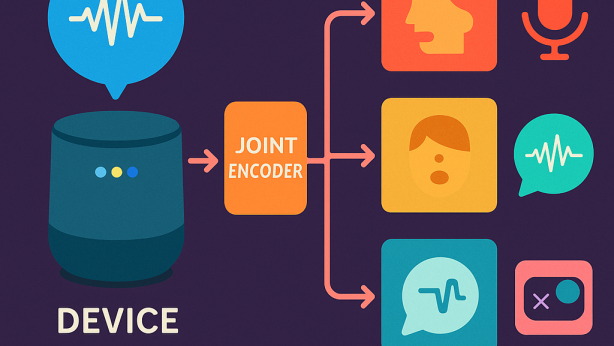GLOBAL BAG TAG SYSTEM AND METHOD OF USE
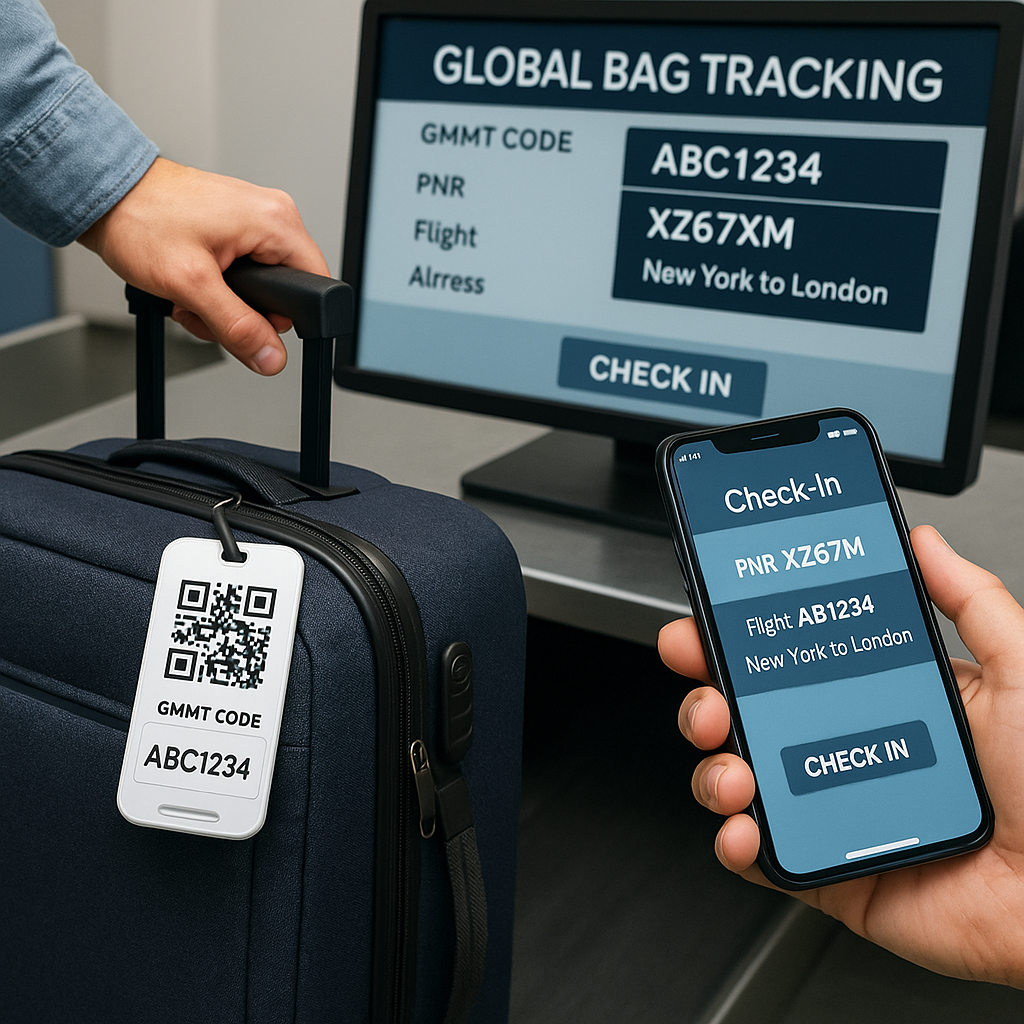
Invented by MATEER; Craig
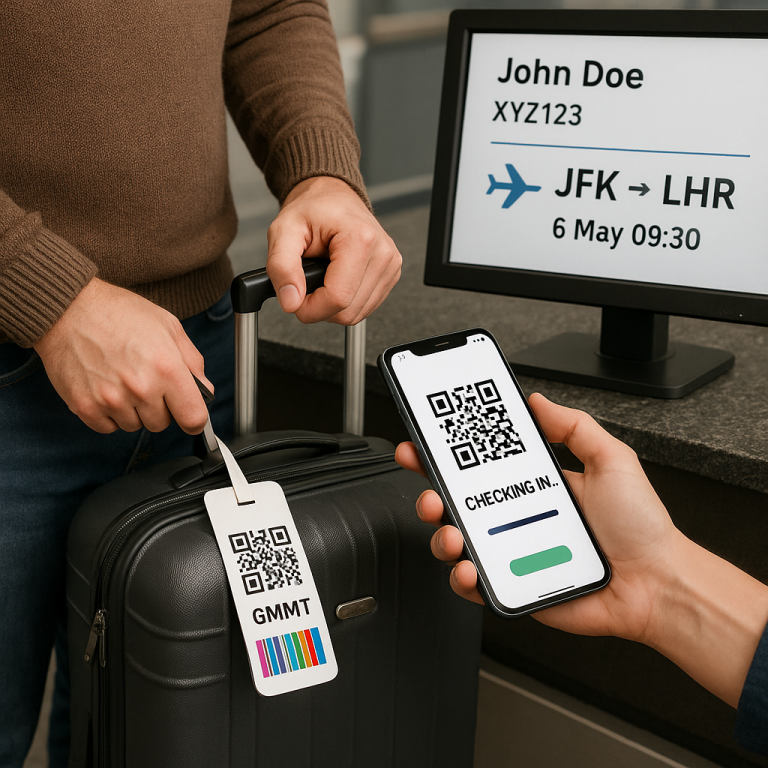
Travel is supposed to be fun and easy. But if you’ve ever worried about your bags getting lost, waiting at the carousel, or dragging your luggage on different parts of your trip, you know it’s not always smooth. Imagine a world where your suitcase could be tracked with just one tag, no matter if you’re flying, taking a train, cruising, or riding a bus. Let’s dive into a breakthrough patent that aims to make this dream a reality for everyone.
Background and Market Context
Every day, millions of people travel for business, vacation, or family. They use airplanes, cruise ships, trains, buses, and cars. When you travel with family or a group, there can be lots of bags. Moving all those bags from home, to the airport, to a hotel, and maybe even to a cruise ship can be hard. Sometimes, the hardest part of travel is not the journey, but keeping track of your belongings.
Luggage loss and mishandling are serious problems. In the United States alone, hundreds of thousands of bags get lost or delayed every year. For travelers, this means stress, wasted time, and sometimes even ruined trips.
Hotels and resorts often offer to keep your bags if you arrive before your room is ready. But this is not always easy. Maybe you want to go on an excursion before check-in, or maybe you don’t want to haul your bags around a city or on buses and ferries. For families or groups, fitting all the bags into taxis or rental cars can be tough. There are safety concerns too—no one likes leaving bags unattended even for a short time.
While airlines and some hotels have their own ways to tag and track bags, these solutions don’t talk to each other. Each company or mode of transport has its own system. If your trip involves more than one type of travel (like a flight plus a cruise), your bags may need new tags or even new tracking numbers at every step. This makes things slow and confusing. If a bag gets lost, finding it can be a nightmare. You might have to call several companies, each with their own records, and hope someone can help.
The dream is simple: one bag tag that works everywhere, no matter how you travel, and a way to see where your bag is at all times. This would save time, reduce stress, and make travel more enjoyable.
The patent we’re discussing addresses these real-life problems. It introduces a system and method for a Global Multi-Mode Travel (GMMT) Bag Tag—a single, smart tag that connects all parts of your journey. This system links your luggage to your travel bookings, keeps your information up to date, and even lets you track your bag as it moves, no matter what kind of transportation you use.
Why does this matter right now? The travel industry is seeing a boom in multimodal journeys—people want to combine flights, trains, cruises, and more, all in one trip. At the same time, travelers expect more transparency and control over their belongings. Technology like smartphones, GPS, and cloud computing is now mature enough to make a universal baggage tracking solution possible. This patent steps in to combine these trends, offering a smarter, friendlier way to handle luggage in our connected world.
Scientific Rationale and Prior Art
To truly understand this invention, let’s take a look at how luggage tracking has worked in the past—and why it comes up short.
The airline industry uses a system called the IATA bag tag, or “license plate.” This is a unique number, printed with a barcode, that is attached to every checked bag. When you check your suitcase at the airport, the airline prints this tag and attaches it to your bag. The number is also linked to your name and flight details. Scanners in the airport read these tags as bags move through the system, helping to keep track of where each bag is.
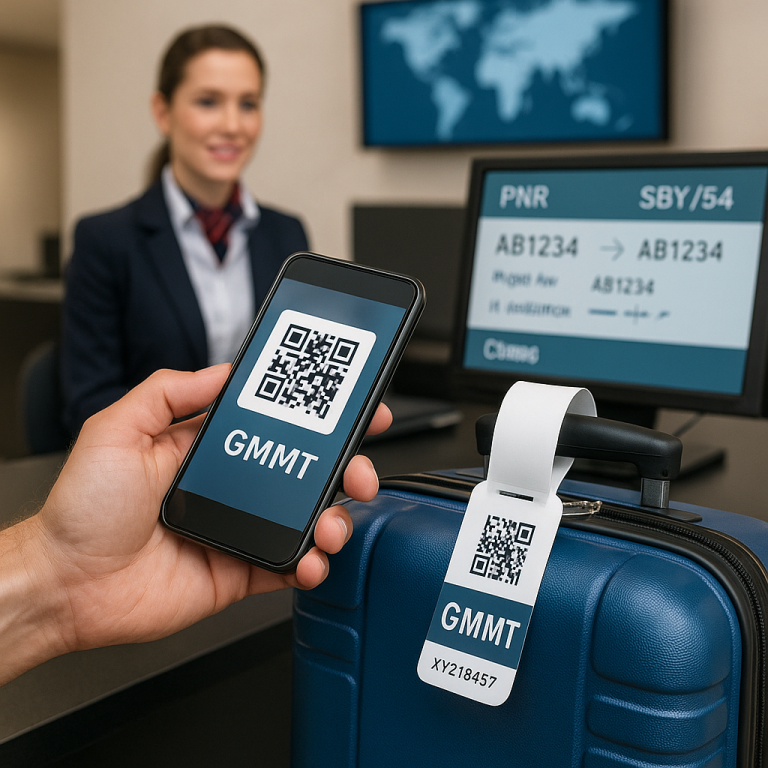
However, this system has limits. First, it works only for airlines. If you switch to another mode of travel—maybe you take a train or board a cruise ship—your bag may need a new tag. Second, the tracking mostly works inside airports. If your bag leaves the airport or gets handed off to another company (like a cruise line or hotel), tracking often stops.
Some airports and airlines have tried RFID tags—these are smart tags that can be scanned wirelessly, not just with a barcode reader. RFID can make tracking faster and more automatic. But there are problems. Most airports aren’t set up with RFID readers everywhere. Upgrading every airport is expensive and slow. Also, even with RFID, tracking usually stops once the bag leaves the airport.
Some travelers use their own tracking devices, like Apple AirTags or GPS trackers. These can show you where your bag is, but they are not linked to the travel systems. If your bag is lost, you may know where it is, but you still have to convince the airline or hotel to go get it. There is no way for the airline’s system to see your tracker’s data, and no way for your tracker to know your travel plans.
There are also Type B messages, used by airlines and travel companies to share data about flights, passengers, and baggage. These messages follow strict standards set by IATA, and they help airlines talk to each other when bags are transferred between flights. But these messages don’t reach outside the airline world. Cruise lines, hotels, and train companies don’t use the same system.
For trips involving more than one kind of travel (for example, flying to a city, staying in a hotel, then boarding a cruise), there is no simple way to keep baggage tracking smooth and connected. Bags might need to be checked in again, re-tagged, or handed over to different handlers. Each step is another chance for confusion or loss.
So, the main problems with the old way are:
- Tracking stops at the airport door
- No single tag works for all kinds of travel
- Travelers have no easy way to see where their bags are at any moment
- Lost bags are hard to find if they leave the airline system
- Multiple tags and systems create confusion for both travelers and companies
This patent builds on lessons from all these systems. It takes the best parts of IATA bag tags, RFID, GPS trackers, and digital reservations, and combines them into one seamless solution. The goal is a universal bag tag and tracking system that works for every mode of travel—and for every traveler.
Now, with cloud technology, smartphones, and universal tracking devices, it’s finally possible to connect the dots. The patent’s cleverness is in creating a smart, digital record that links your bag to all your travel reservations, updates itself as your plans change, and keeps you in the loop at every stage.
Invention Description and Key Innovations
Here’s where the magic happens. Let’s break down how this new system works, and what makes it so special.
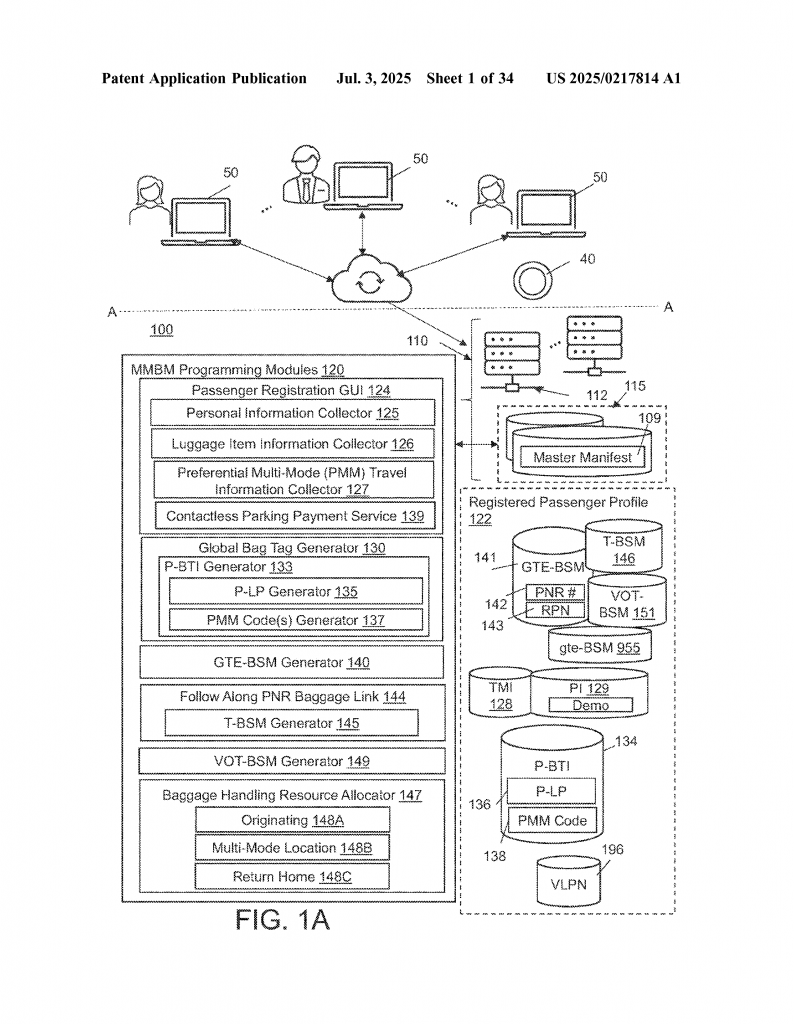
At the heart of the invention is the Global Multi-Mode Travel (GMMT) Bag Tag. This is a unique, permanent tag that you attach to your luggage. It’s not just a sticker—it’s a smart tag, with a special code (the GMMT code) that follows your bag for years, across all your travels.
How does it work?
When you register as a traveler, you create a profile online. You share your key information (like your name, ID, travel membership numbers, and favorite hotels or airlines). You can also add pictures of your luggage, and even your driver’s license or passport, for easy identification. The system then gives you a unique GMMT bag tag, with a code that’s linked to your profile.
Before your trip, you add your travel bookings to your profile—flights, hotel stays, cruises, train rides, car rentals. The system connects all these bookings, even if they come from different companies, into one big travel plan.
When you’re ready to travel, you attach the GMMT bag tag to your suitcase. Now, your bag is linked to your travel plans in the system. When a baggage handler, hotel worker, or cruise staff member scans your tag, the system knows exactly who the bag belongs to, where it’s supposed to go, and what the next step is.
What makes this different?
First, the tag works everywhere. It’s designed to fit IATA rules, so it can be scanned by airline systems. But it also has special codes and barcodes that can be read by hotels, cruise companies, and more. The tag can be permanent—good for years, or even the lifetime of your luggage.
Second, the system keeps a digital record—called the GTE-BSM (Global Tracking Expanded Baggage Source Message). This record links your bag tag to your personal travel data, including all your bookings and reservations. The record updates itself as you check in for flights, arrive at hotels, or board cruise ships.
Third, the system allows for real-time tracking. You can add a wireless tracking device (like a GPS tracker or AirTag) to your bag. The system links the tracker’s ID to your bag tag, so you can see your bag’s location on your phone or computer at any time. If your bag goes missing, the system helps find it quickly, using both travel data and tracking signals.
Fourth, the system is smart about groups. If you’re traveling with family or friends, the system can link everyone’s bags together, even if not everyone is registered. If you’re all on the same travel booking (the same PNR number), the system knows you’re together. If someone in your group loses a bag, the system can help recover it, using the group’s travel data.
Fifth, the system makes check-in easier. You can check in your bags (and even yourself) from home, your hotel, or any place with an internet connection. If you need a new airline bag tag for a return flight, the system can print one for you, using data from your GMMT tag and travel bookings. You can even get your boarding pass sent straight to your phone.
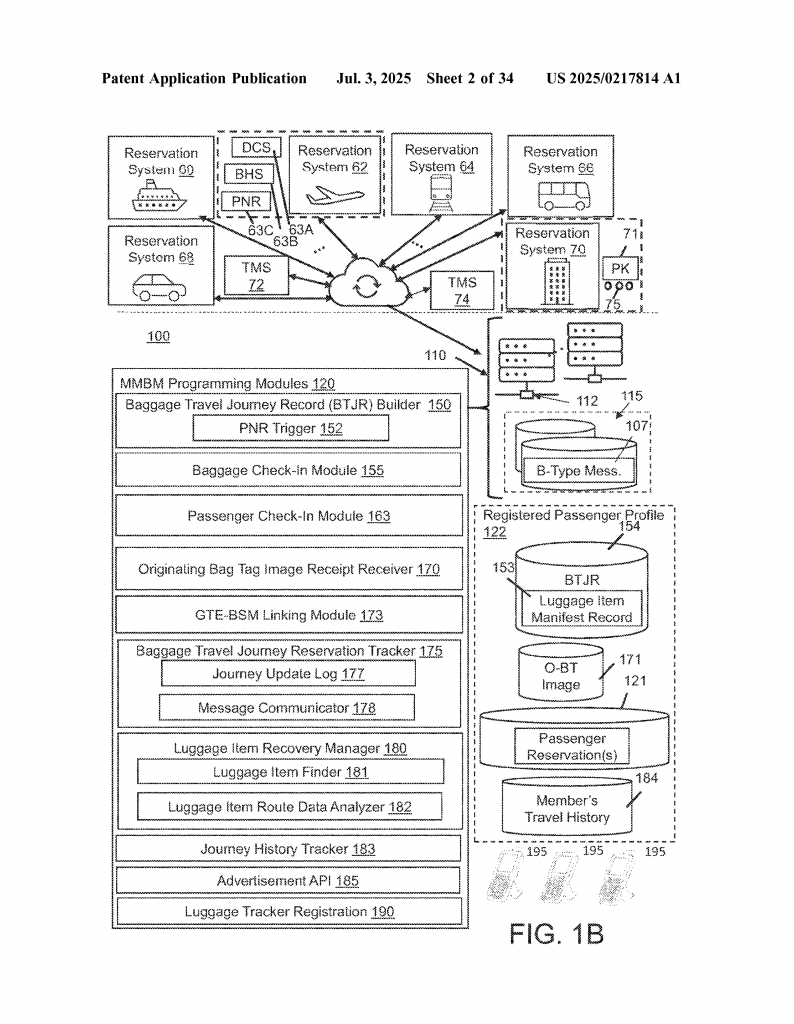
Let’s look at a few key innovations in simple terms:
1. Permanent, Universal Bag Tag:
Instead of the usual single-use airline tag, this tag is yours to keep. It has a unique code, works with all major travel systems, and lasts for years. You can use it for every trip, no matter the airline, train, cruise, or bus.
2. One Tag, Many Journeys, All Modes:
The system links your bag to all your travel bookings, across all types of travel. Whether you’re flying, cruising, or riding a train, your bag tag stays the same—and so does your tracking.
3. Real-Time Bag Tracking:
You can add a smart tracking device to your bag. The system connects this device to your travel plans, so you always know where your bag is. If your bag is lost, the system will help find it, using both your travel info and the tracker’s location.
4. Smart Group Handling:
Traveling with family or friends? The system links all the bags in your group, even for people not registered individually. If one person’s bag is missing, the group’s data helps find it faster.
5. Easy, Flexible Check-In:
You can check in your bags and yourself from anywhere, not just at the airport. If you’re at a hotel or cruise terminal, the system knows your plans and can print new tags or boarding passes as needed.
6. Secure, Up-to-Date Records:
The system keeps a log of every bag’s journey—when it was checked in, where it was scanned, who handled it, and more. If your plans change (like a delayed flight or new hotel), your bag’s record updates automatically.
7. Lost Bag Recovery:
If a bag gets lost or sent to the wrong place, the system uses smart software (including machine learning) to track it down. It compares the expected route to the actual route, using data from airports, travel companies, and your tracker. If a bag is off course, the system sends alerts and helps reroute it to the right place.
8. Contactless Services:
The system also supports contactless services, like paying for parking at hotels or events. You can register your car’s license plate in your profile, and the system takes care of parking fees automatically when you arrive.
How does it all come together?
Picture this: You’re planning a trip that includes a flight, a hotel stay, a cruise, and a train ride. You log into your bag tracking account, add all your bookings, and attach your permanent bag tag to your suitcase. On travel day, you leave your bag at your front door—someone from the bag handling service picks it up, scans your tag, and the system links your bag to your travel plans.
As your bag moves through each part of your journey, handlers scan the tag. The system knows if it’s at the airport, checked into your hotel, or loaded onto the cruise ship. If your bag ever goes missing, the system uses both travel records and tracker signals to find it, alert you, and help get it back to you—no matter where you are.
You don’t have to re-tag your bag at each step, remember different numbers, or worry about lost luggage. You can check your bag’s location from your phone, get alerts about changes or delays, and know that your belongings are always linked to your current travel plans.
Conclusion
This new bag tracking system is a game-changer for travelers. It solves the problems of lost and mishandled luggage, cuts down on stress and confusion, and brings all your travel plans together in one smart, friendly place. By creating a permanent, universal bag tag and connecting it to your travel profile, bookings, and even GPS trackers, it makes moving your bags as simple as it should be.
For travelers, this means more peace of mind and more time enjoying the journey. For travel companies, it means fewer lost bags, happier customers, and smoother operations. As more people travel in new ways—mixing flights, trains, cruises, and more—this invention is set to make every trip easier, safer, and smarter.
The future of travel is connected, and with this system, your luggage is finally along for the ride.
Click here https://ppubs.uspto.gov/pubwebapp/ and search 20250217814.

